In 1890, at the age of 19, he exhibited for the first time at the Salon des Beaux-Arts in Lyon, presenting a charcoal drawing titled Sous-bois, depicting a landscape of Tassin, with the Izeron river in the foreground. In 1898, he partnered with Bruiset to open a drawing studio, but the latter passed away the following year. Brouillard then became close to the Routier-Chavan company, which led to numerous commissions and the need to hire workers to meet demand.
In 1922, he received the commission to decorate the banquet hall of the 3rd arrondissement Town Hall in Lyon with 18 large panels, creating a fresco titled Lyon, Cité des Eaux, measuring 66 meters in length.
Brouillard’s favorite subjects were landscapes with particular atmospheres—sunsets, misty scenes, riverbanks, as well as views from the Tête d'Or park. He had a particular fondness for still lifes. He also painted Lyonnais landscapes and scenes from the Dombes, featuring mysterious ponds and marshes, bordered by lush vegetation and twisted, deformed trees.
His inspiration came from nature as well as from the works of Poussin, the Barbizon painters, especially Camille Corot, and local artists like Baudin, Ravier, and Vernay. Describing his technique, he referred to it as "cuisine," full of unexpected and personal recipes. By around 1912, his works began to show the characteristic grays of his palette, and he started painting with a palette knife, using large, broad strokes to add texture and depth to his landscapes.




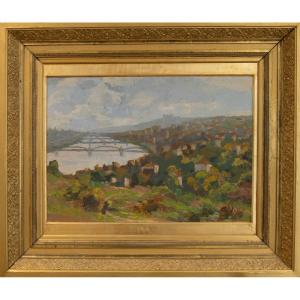


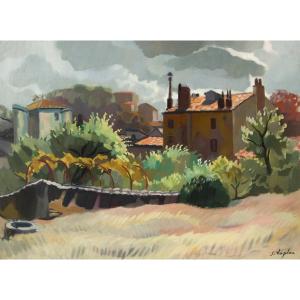

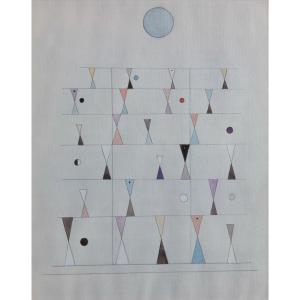
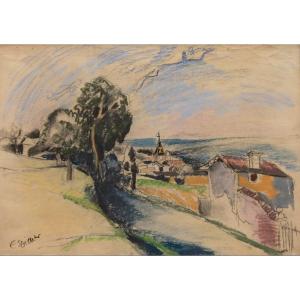

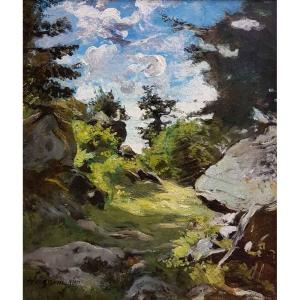
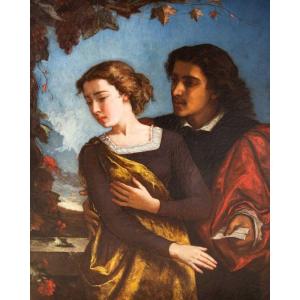
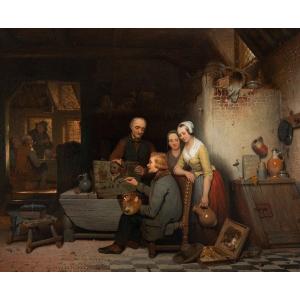
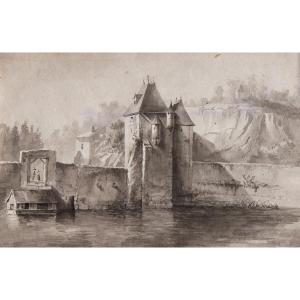
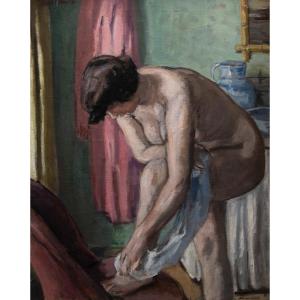

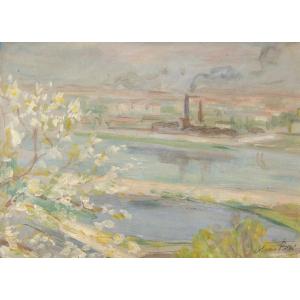
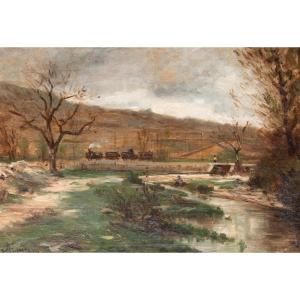






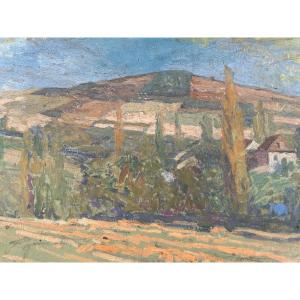



 Le Magazine de PROANTIC
Le Magazine de PROANTIC TRÉSORS Magazine
TRÉSORS Magazine Rivista Artiquariato
Rivista Artiquariato